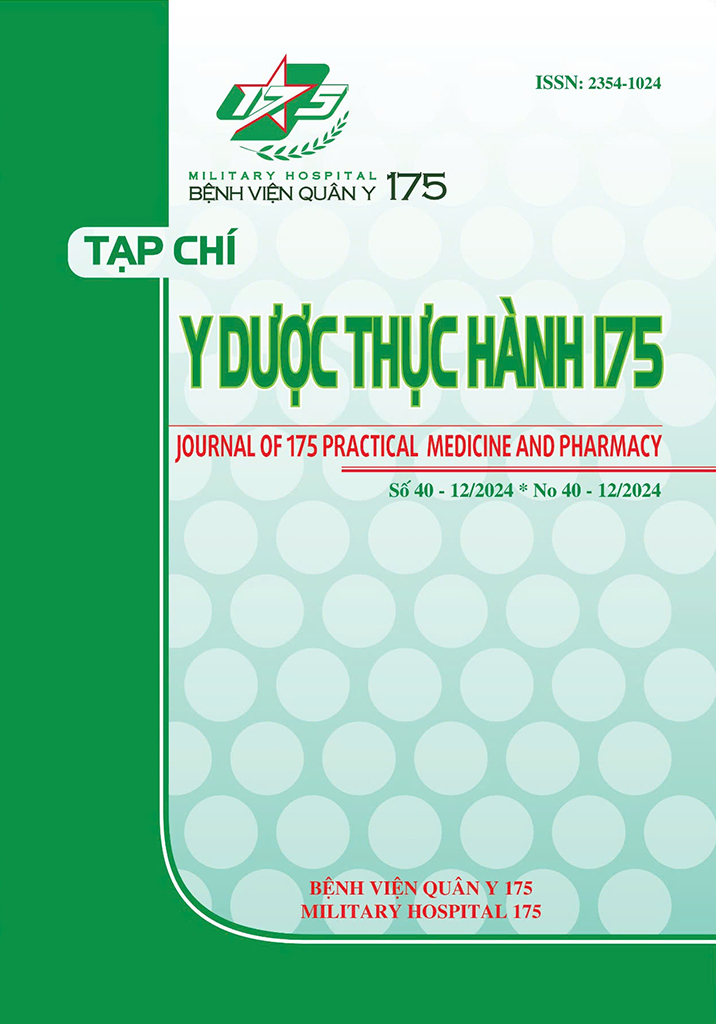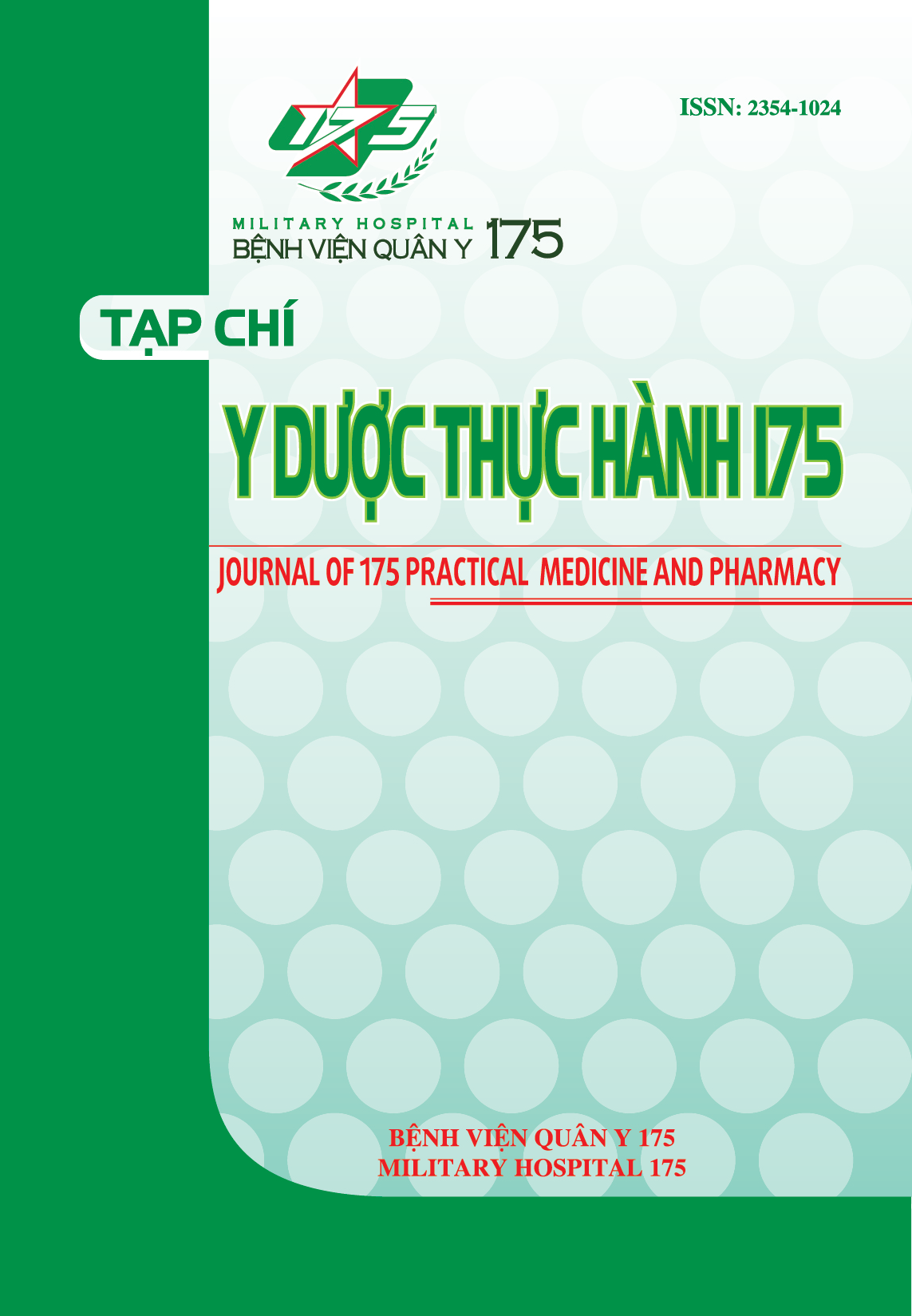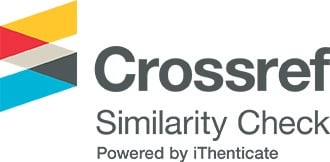ĐÁNH GIÁ HIỆU QUẢ QUY TRÌNH KỸ THUẬT PHỤC HỒI CHỨC NĂNG TIM MẠCH SAU PHẪU THUẬT TIM HỞ TẠI BỆNH VIỆN QUÂN Y 175
Các tác giả
DOI: https://doi.org/10.59354/ydth175.2024.315Từ khóa:
Phục hồi chức năng tim mạch, Phẫu thuật tim hở, VO2 tối đa, Nghiệm pháp đi bộ 6 phút, EQ-5D-5L, MacNewTài liệu tham khảo
Vahanian A, Alfieri O, Andreotti F, Antunes M. The Joint Task Force on the Management of Valvular Heart Disease of the European Society of Cardiology (ESC) and the European Association for Cardio-Thoracic Surgery (EACTS). Eur Heart J. 2012;33:pp. 2451–96.
Pielopi M, Corra U, Benzer W, Dendale P. Secondary prevention through cardiac rehabilitation: from knowledge to implementation. A position paper from the Cardiac Rehabilitation Section of the European Association of Cardiovascular Prevention and Rehabilitaion. European Journal of Cardiovascular Prevention & Rehabilitation. 2010;17(1):pp. 1-17.
Haskell WL, Lee IM, Pate RR, Powell KE, Blair SN, Franklin BA, et al. Physical activity and public health: updated recommendation for adults from the American College of Sports Medicine and the American Heart Association. Med Sci Sports Exerc. 2007;39(8):1423-34.
Thomas RJ, Balady G, Banka G, Beckie TM, Chiu J, Gokak S, et al. 2018 ACC/AHA Clinical Performance and Quality Measures for Cardiac Rehabilitation: A Report of the American College of Cardiology/American Heart Association Task Force on Performance Measures. J Am Coll Cardiol. 2018;71(16):1814-37.
Medicine ACoS, Riebe D, Ehrman JK, Liguori G, Magal M. ACSM’s Guidelines for Exercise Testing and Prescription: Wolters Kluwer; 2018.
Mai VQ, Sun S, Minh HV, Luo N, Giang KB, Lindholm L, et al. An EQ 5D-5L Value Set for Vietnam. Qual Life Res. 2020;29(7):1923-33.
Hofer S, Lim L, Guyatt G, Oldridge N. The MacNew Heart Disease health related quality of life instrument: a summary. Health Qual Life Outcomes. 2004;2:3.
Humphrey R, Guazzi M, Niebauer J. Cardiac rehabilitation in Europe. Prog Cardiovasc Dis. 2014;56(5):551-6.
Taylor A, DeBoard Z, Gauvin JM. Prevention of postoperative pulmonary complications. Surg Clin North Am. 2015;95(2):237-54.
Chen X, Hou L, Zhang Y, Liu X, Shao B, Yuan B, et al. The effects of five days of intensive preoperative inspiratory muscle training on postoperative complications and outcome in patients having cardiac surgery: a randomized controlled trial. Clin Rehabil. 2019;33(5):913-22.
Weber M, Klein U, Weigert A, Schiller W, Bayley-Ezziddin V, Wirtz DC, et al. Use of Pre- and Intensified Postprocedural Physiotherapy in Patients with Symptomatic Aortic Stenosis Undergoing Transcatheter Aortic Valve Replacement Study (the 4P-TAVR Study). J Interv Cardiol. 2021;2021:8894223.
Rognmo Ø, Moholdt T, Bakken H, Hole T, Mølstad P, Myhr NE, et al. Cardiovascular risk of high- versus moderate-intensity aerobic exercise in coronary heart disease patients. Circulation. 2012;126(12):1436-40.
Aronov D, Bubnova M, Iosseliani D, Orekhov A. Clinical Efficacy of small a, Cyrillic Medical Centre- and Home-based Cardiac Rehabilitation Program for Patients with Coronary Heart Disease After Coronary Bypass Graft Surgery. Arch Med Res. 2019;50(3):122-32.
Kerrigan DJ, Williams CT, Ehrman JK, Saval MA, Bronsteen K, Schairer JR, et al. Cardiac rehabilitation improves functional capacity and patient-reported health status in patients with continuous-flow left ventricular assist devices: the Rehab-VAD randomized controlled trial. JACC Heart Fail. 2014;2(6):653-9.
Savage PD, Rengo JL, Menzies KE, Ades PA. Cardiac Rehabilitation After Heart Valve Surgery: COMPARISON WITH CORONARY ARTERY BYPASS GRAFT PATIENTS. J Cardiopulm Rehabil Prev. 2015;35(4):231-7.
Pollmann AGE, Frederiksen M, Prescott E. Cardiac Rehabilitation After Heart Valve Surgery: Improvement in exercise capacity and morbidity. Journal of Cardiopulmonary Rehabilitation and Prevention. 2017;37:pp. 191-8.
Abraham LN, Sibilitz KL, Berg SK, Tang LH, Risom SS, Lindschou J, et al. Exercise-based cardiac rehabilitation for adults after heart valve surgery. Cochrane Database Syst Rev. 2021;5(5):CD010876.
Yuen T, Buijs DM, Hong Y, Van Damme A, Meyer TC, Nagendran J, et al. Comparing the Effectiveness of 2 Cardiac Rehabilitation Exercise Therapy Programs. CJC Open. 2023;5(3):215-9.
Jelinek HF, Huang ZQ, Khandoker AH, Chang D, Kiat H. Cardiac rehabilitation outcomes following a 6-week program of PCI and CABG Patients. Front Physiol. 2013;4:302.
Hofer S, Kullich W, Graninger U, Brandt D, Gassner A, Klicpera M, et al. Cardiac rehabilitation in Austria: short term quality of life improvements in patients with heart disease. Wien Klin Wochenschr. 2006;118(23-24):744-53.
Hofer S, Doering S, Rumpold G, Oldridge N, Benzer W. Determinants of health-related quality of life in patients with coronary artery disease. Eur J Cardiovasc Prev Rehabil. 2006;13(3):398-406.
Eder B, Hofmann P, von Duvillard SP, Brandt D, Schmid JP, Pokan R, et al. Early 4-week cardiac rehabilitation exercise training in elderly patients after heart surgery. J Cardiopulm Rehabil Prev. 2010;30(2):85-92.
Tải xuống
Tải xuống: 62










